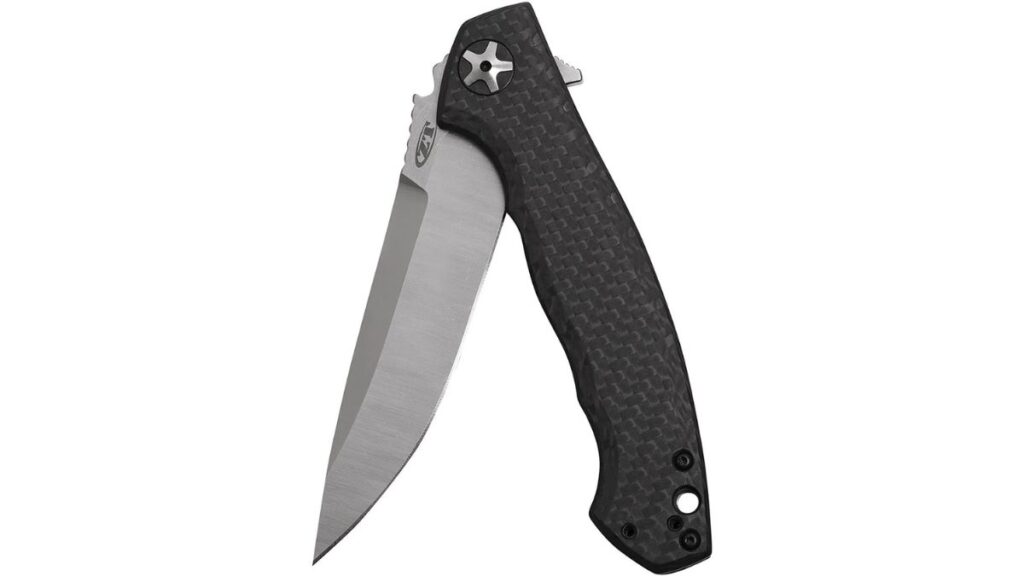Table of Contents
- Understanding Pocket Knives
- Blade Materials: Choosing the Best
- Locking Mechanism: Ensuring Safety
- Handle Composition: Comfort and Grip
- Additional Features: What to Consider
- Maintenance Tips for Longevity
- Final Thoughts
Understanding Pocket Knives
Pocket knives have become indispensable tools for daily tasks and outdoor adventures. With their rich history and numerous designs, pocket knives offer functionality and a sense of preparedness. Choosing one that is both durable and reliable ensures that you have a tool that can handle many situations, be it opening packages, cutting cords, or even preparing food during a camping trip. The overall utility of a pocket knife lies in its design details, from the blade to the handle, all of which require careful consideration.
As we delve into the key features that make a pocket knife exceptional, it’s important to align your choice with your needs. Whether you thrive in the wilderness or simply appreciate having a multi-functional tool, understanding these features will lead you to make an informed purchase that you’ll cherish for years.
Blade Materials: Choosing the Best
The choice of blade material is a defining aspect of any pocket knife. Each material brings its set of advantages, playing a crucial role in the knife’s overall effectiveness. Zero Tolerance Pocket Knives, for instance, often highlight the performance differences between stainless steel and carbon steel in their product lines, helping users better understand how material impacts daily function. Stainless steel is often chosen for its excellent corrosion resistance, making it ideal for conditions where moisture might be a concern. It’s easy to maintain and is perfect for those who prefer minimal upkeep. Conversely, carbon steel is celebrated for holding a sharp edge longer, which can significantly enhance cutting efficiency, although it demands more maintenance to prevent rusting. Delving into the benefits of different blade materials helps you choose your desired balance between performance and maintenance.
Locking Mechanism: Ensuring Safety
Safety is paramount when handling any knife; this is where a reliable locking mechanism steps in. The mechanism keeps the blade stable during use, preventing accidental closures that could lead to injuries. Various systems such as liner, frame, and back locks offer unique benefits. Liner locks operate with a leaf spring structure that pushes against the back of the blade, making it a favorite for its straightforward design. Frame locks take a similar approach but incorporate a portion of the handle frame, offering enhanced durability—a trait desirable for more demanding tasks. Understanding and evaluating these mechanisms will improve your safety and experience using the knife.
Handle Composition: Comfort and Grip
The handle of a pocket knife influences not only its aesthetics but also its functionality, mainly through the comfort and grip it provides. A well-designed handle ensures a secure hold and reduces the risk of slippage, which is especially crucial when performing intense cutting tasks. Classic materials like wood offer warmth and comfort, providing an ergonomic design that many traditionalists favor. However, materials like G-10 composite and titanium are becoming increasingly popular due to their resilience, lightweight nature, and ability to maintain grip in wet conditions. With all these options, choosing the right handle material involves balancing what feels right in your hand and what performs best in your typical environment.
Additional Features: What to Consider
Many contemporary pocket knives offer additional features that enhance their utility, transforming them from simple blades to multi-functional tools. While these extra capabilities can be advantageous, they should be selected based on the real demands of your lifestyle. Features like a serrated edge simplify cutting through tough materials, while a built-in screwdriver can be a lifesaver during unexpected mechanical adjustments. It’s wise to consider which additions will genuinely serve your needs rather than opting for unnecessary features that complicate the tool.
Maintenance Tips for Longevity
Regular maintenance of your pocket knife is crucial to preserving its effectiveness and durability. Simple practices such as cleaning the blade after use, regularly sharpening it, and ensuring the locking mechanism functions smoothly can significantly extend the life of your knife. Periodically lubricating moving parts and storing the knife in a dry environment will prevent wear and tear, ensuring it remains a reliable tool. Adopting these maintenance habits keeps your knife in top shape and enhances your safety during use.
Final Thoughts
Choosing a pocket knife requires carefully considering various features contributing to its overall performance and longevity. By focusing on important aspects such as blade material, locking mechanisms, and handle composition, you ensure that the knife you choose is dependable and tailored to your needs. Remember, a well-maintained knife remains a steadfast ally, offering utility and reliability when you need it most.







